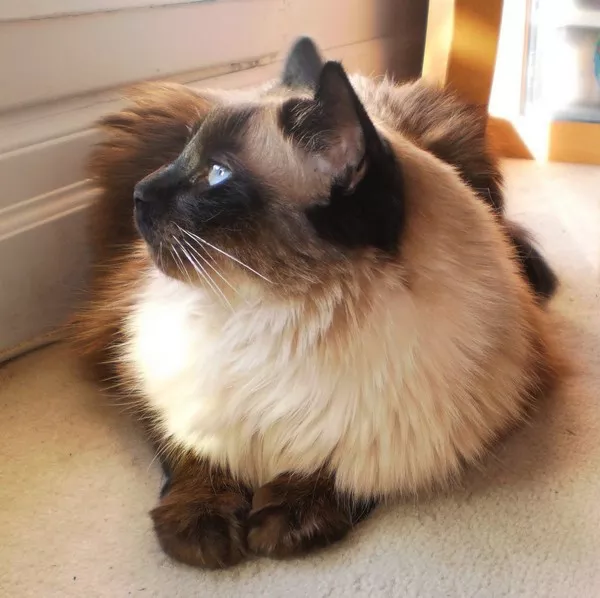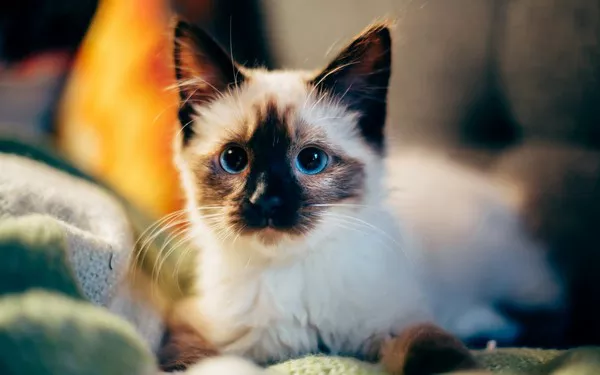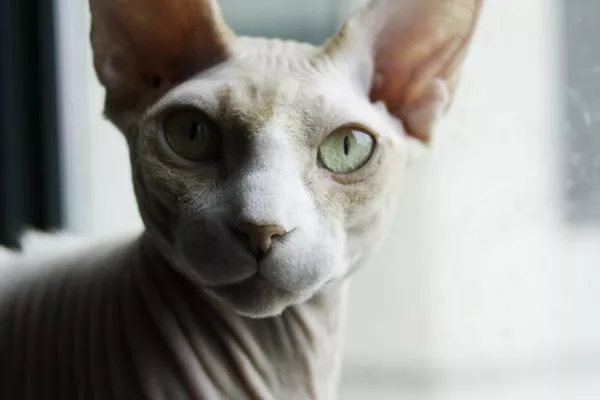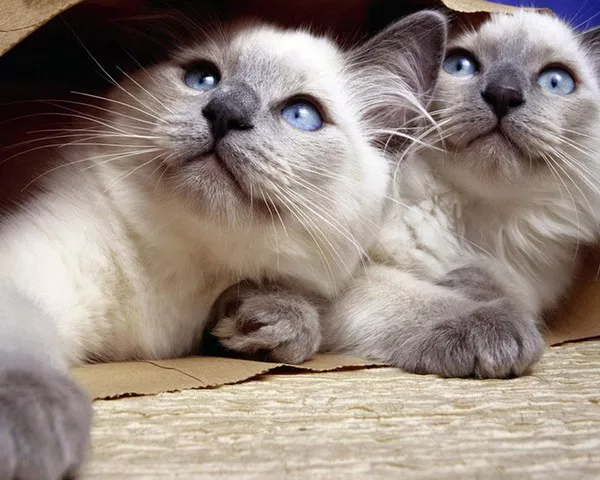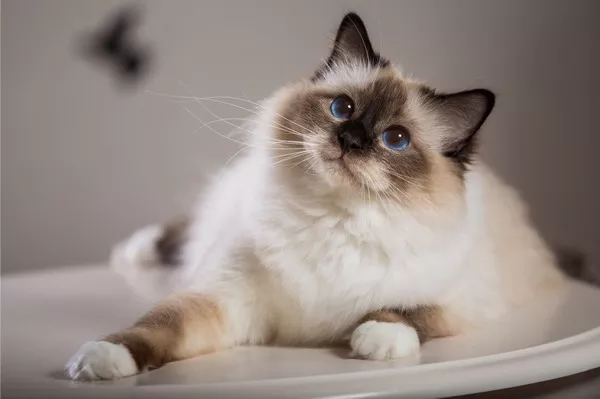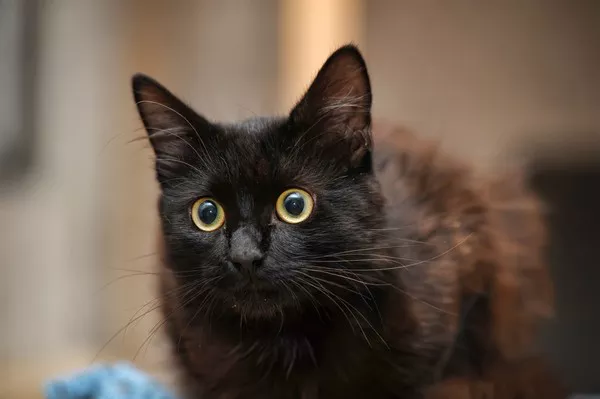The Balinese cat is a unique breed that has captured the hearts of many cat lovers around the world. With their striking blue eyes, fluffy coat, and graceful movements, it’s easy to see why they’re so popular. But where exactly did this breed originate from? In this article, we’ll dive into the history and origins of the Balinese cat.
Origins of the Balinese Cat
Contrary to what some may believe, the Balinese cat does not actually hail from Bali or any other Indonesian island. Instead, they were developed in the United States in the 1950s as a natural genetic mutation of the Siamese cat breed. The breed was named after the graceful dance of Balinese temple dancers, which their elegant movements are said to resemble.
The first documented appearance of the Balinese cat was in the mid-20th century when two American breeders, Marion Dorsey and Helen Smith, discovered a long-haired kitten in a litter of Siamese cats. They named the kitten “Longhair Siamese,” which would later become known as the Balinese cat.
Breed Characteristics
The Balinese cat shares many characteristics with its Siamese ancestor. They have the same lithe and muscular body shape, wedge-shaped head, and piercing blue eyes. However, there are some distinct differences between the two breeds. The Balinese cat has a longer coat and a plumed tail, whereas the Siamese has a shorter, sleeker coat and a tapered tail.
Balinese cats are also known for their affectionate and intelligent personalities. They crave attention and thrive in households where they can be the center of attention. They are highly trainable and can even learn to play fetch or walk on a leash.
Types of Balinese Cats
There are two types of Balinese cats: traditional and contemporary. Traditional Balinese cats have a more rounded head and body shape, while contemporary Balinese cats have a more angular appearance.
Traditional Balinese cats also tend to have a softer, longer coat than contemporary Balinese cats. This is because contemporary breeders have selectively bred for shorter coats in order to bring out the breed’s wedge-shaped head and sharp angles.
Contemporary Balinese cats are often referred to as “show-style” Balinese cats, as they conform more closely to the breed standards set by cat associations like The International Cat Association (TICA) and the Cat Fanciers Association (CFA).
Health Concerns
Like all purebred cats, Balinese cats can be prone to some health issues. These include:
– Amyloidosis: a condition where abnormal proteins build up in the liver or kidneys, leading to organ damage.
– Asthma: a common respiratory condition in cats that can cause wheezing and difficulty breathing.
– Dental issues: Balinese cats are prone to dental problems like periodontal disease and tooth decay.
– Heart disease: Some Balinese cats may develop hypertrophic cardiomyopathy, a condition where the walls of the heart become abnormally thick.
To minimize the risk of these health issues, it’s important to adopt from a reputable breeder who screens their cats for genetic disorders and practices good breeding practices.
Conclusion
In conclusion, the Balinese cat may not be from Bali, but it’s still a fascinating breed with a unique history and striking appearance. Whether you prefer the traditional or contemporary look, Balinese cats make wonderful pets for those who crave affectionate and intelligent companionship. If you’re considering adding a Balinese cat to your household, be sure to do your research and find a reputable breeder who prioritizes the health and well-being of their cats.

